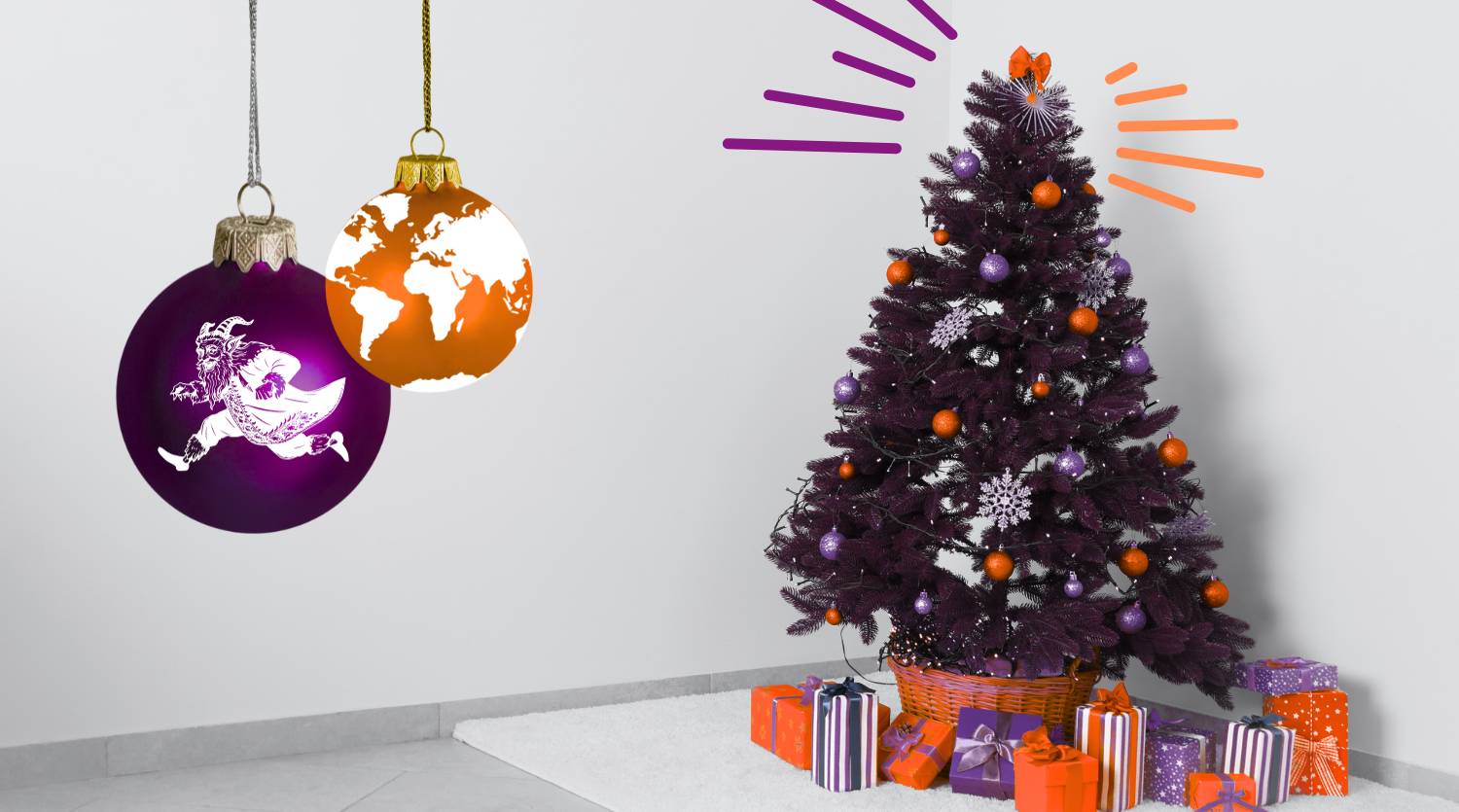Mastering content marketing in the Middle East
It’s a region often viewed with prejudice, and there can be a tendency to extend the same stereotype across the entire region. This oversimplification overlooks the region’s nuances, diversity, and fast-growth. To tap into it effectively, it is crucial not to pigeonhole, and to understand the regional differences within the area.
For example, internet usage varies greatly by country. While some countries in the MEA region have the lowest internet usage in the world (Yemen has an internet penetration rate of just over 20%), other countries such as Kuwait and Bahrain actually have a higher internet penetration rate than that of the U.S. Saudi Arabia and the UAE are in fact among the top 25 in the world for internet reach. By 2020, 80% of the UAE’s population is expected to be online.
Aside from internet penetration, there are also differences in spending habits between markets that are important to consider when targeting the region. Gulf states such as Qatar and the UAE have an extraordinarily wealthy upper class, who are willing to invest in luxury products. The area also attracts affluent young professionals, who have an interest and the means to purchase upscale brands, electronics, etc. The typical consumer values investment in high-end goods as a symbol of status and a fashion statement. This makes the fast-growing region particularly lucrative for businesses in luxury, beauty, fashion and electronics. In fact, the region has the highest spending per capita in the world on cosmetics, beauty and fashion products.
What are the key characteristics of the Middle Eastern market? 
While the Middle East is undoubtedly a broad and diverse region, there are some common consumer tendencies and themes to keep in mind that can help when developing your MENA-specific content marketing strategy. Here are just a few:
Consumer habits
Despite the high internet penetration in certain parts of the region, people still aren’t used to buying online. Cash is still widely preferred over card. Even in Lebanon, where the joke is that anything can be ordered online for home delivery, cash on delivery is still a preferred option, which many businesses offer in the region. Technology and social media usage are, however, growing rapidly. Smartphone penetration in the region is expected to grow to 65% by the end of the decade, in line with the global average. Facebook and WhatsApp are the most popular social media and messaging platforms – and while Facebook usage looks to be in decline, Instagram is showing a strong surge. Both Facebook and Snapchat have recently opened offices in the region, as an opportunity to work more closely with advertisers and partners.
Perhaps one indicator of this trend is the high percentage of young people under the age of 25. Social media usage among young people is also particularly high, with Youtube reportedly being viewed daily by half of young Arabs, based on the results of the 2017 Arab Youth Survey. Results from the same survey also revealed that Facebook is the most popular daily news source for young people in the region, more so than online news and traditional media.
Influencer marketing 
The shift in platform usage in the MENA region has meant that social media marketing campaigns often have a much wider reach and higher levels of interaction. Influencer marketing is also extremely popular in the region, where the most popular influencers have millions of followers. The highest paid influencer, Huda Khattan, was named among the 25 most influential people on the internet in 2017.
This is a great example of a marketing approach that caught on easily because of how it fits in with cultural and market tendencies. Arabs tend to prefer peer recommendations over impersonal campaigns. Fashion and luxury products are ways not just of improving one’s appearance, but of increasing status. Brand loyalty is strong once a commitment has been made.
The young demographic and a growing middle class make this diverse region a lucrative market to expand in. It’s important to conduct research on the different markets within the region and be aware of the differences, instead of going by a stereotype or assuming the same things will work for the entire region. Apart from differences in internet penetration and wealth, it’s also good to find out about the culture of advertising, and whether you are targeting a more conservative or a more liberal audience. There are also different media regulations in different areas – are these government regulated or not? Including this in your market research is essential.
Blending into the cultural landscape
Integrating into the market is of great importance when standing out for the wrong reasons can cause severe repercussions. Religious sensibilities are an example of the type of thing that is crucial to take into account when planning your content strategy. In a majority of Muslim regions, religion plays a huge part in daily life. Underestimating the importance of religion can be detrimental to your campaign and image – and beyond! The 2006 scandal involving a Danish newspaper publishing cartoons about the prophet Muhammad exemplifies this perfectly. Said scandal led to Danish goods being boycotted in the region, with brands such as Arla suffering great losses. Furthermore, the situation led to political sanctions, with Saudi Arabia recalling its ambassador to Denmark, and Libya saying it would close its Copenhagen embassy.
To avoid causing offence, expressly provocative content must be avoided. For example, ads featuring scantily clad women may be censored (especially in a conservative environment such as Saudi Arabia, where even the appearance of magazine and album covers are heavily censored). In countries where the public consumption of alcohol is frowned upon or even banned, ads featuring liquor – even when this is not the product being advertised – may have to be revised to better fit the market. There may not be official regulations or guidelines to follow, but it is of utmost importance to consult locals who can advise based on the specific case.
Religious sensibilities, then, are not to be taken lightly. However, with a good understanding of the cultural and consumer landscape, a campaign strategy can be adapted to perfectly blend into the market. For instance, many marketers have used Ramadan marketing to their advantage with creative and appealing campaigns that embrace and respect the importance of religion in the daily lives of their consumers.
It’s also important to be aware of changes in the landscape too. For example, Qatar and Saudi Arabia used to have bans on internet calls (WhatsApp, Snapchat, Skype) which were later lifted by KSA in 2017. Valentine’s day advertisements were banned in Saudi Arabia until 2018 when a Fatwa was passed allowing the celebration of this holiday, which was previously seen as having a Christian association. Other countries such as Lebanon have embraced the holiday, and now even market it with provocative content.
Optimising market strategy
How, then, does a campaign blend in well in the Middle Eastern landscape? Considering the diversity of the region, can one strategy work across all markets?
Let’s consider the popular marketing strategy in the Instagram age that asks users to upload pictures of themselves. This strategy would not work in regions where many do not even have profile pictures on social media, for modesty reasons. Hence, such a campaign would not translate well, and would have to be adapted to fit the market.
The ‘Eyes of Arabia’ campaign by Olay is a great example of a marketing campaign being tailored to suit a conservative environment. The campaign – the region’s first 100% online beauty contest – did a great job at fitting in the cultural landscape and gaining huge popularity on social media. The campaign simply asked for users to upload pictures of their eyes – making it very easy to take part! The campaign spread rapidly in the UAE and Saudi Arabia, mainly via blogs and social media.
The key to successful online marketing in the MENA region involves toning down content that could potentially cause offence. It also requires insights and feedback from local experts who can advise on ways to tailor and optimise the strategy for the Middle East.
At Locaria, we work with in-market linguists and market specialists that can ensure your campaign is localised and tailored to market sensibilities, no matter the region. Browse our services, or contact us today to learn more about how we can help improve your content marketing strategy, and expand your business’ social presence in the Middle East and beyond.



